
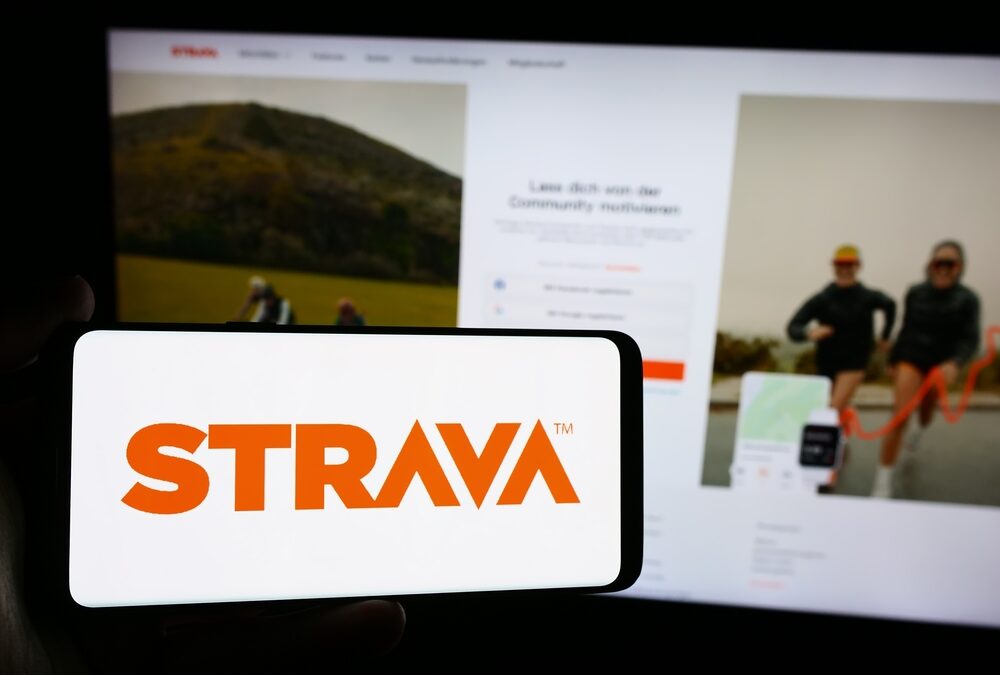


Strava isn’t just an app; it’s a narrative tool that transforms raw fitness data into meaningful insights about your endurance, growth, and performance. From the moment your workout is recorded, Strava seamlessly integrates data from your device to the cloud, offering a tailored reflection of your fitness journey.
Strava acts as more than just a fitness tracking app—it’s a tool that turns raw data into a vivid narrative of your health journey. We can read it on their blog:
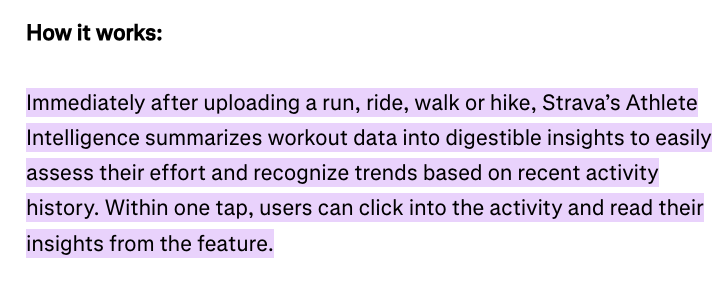
Strava transforms these numbers into meaningful insights that reflect your exertion, endurance, and personal evolution by recording metrics like your pace, heart rate, and distance. The app seamlessly integrates your workouts from devices like wearables or smartphones to the cloud, where every activity becomes a building block of your tailored fitness narrative.
Whether you’re cycling, running, or engaging in any other activity, Strava captures the essence of your efforts, enabling you to visualize your progress and celebrate milestones.
If you’re passionate about fitness and want to help others achieve their goals, consider becoming a personal trainer to turn your knowledge into a rewarding career.
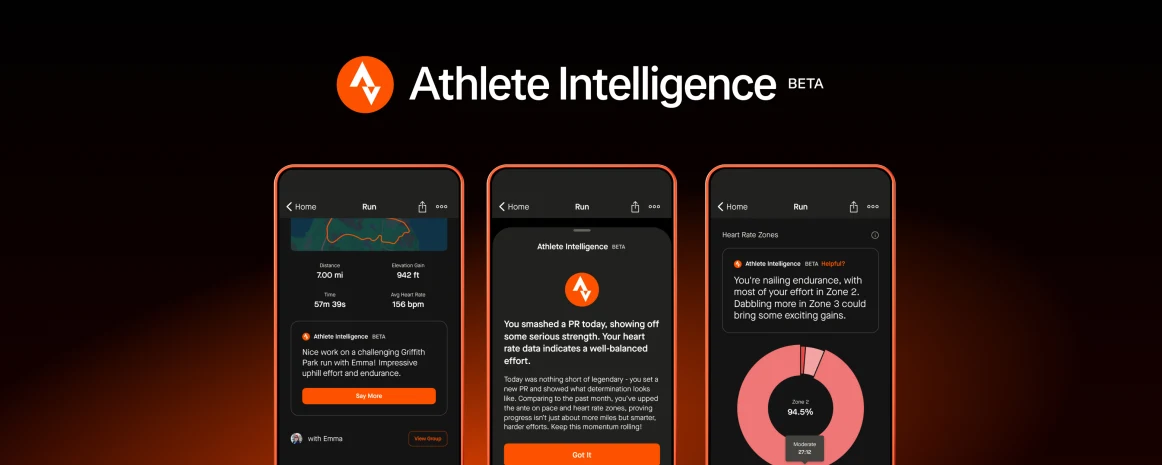
To use Strava effectively, you’ll need a compatible device such as a GPS-enabled smartwatch, a cycling computer, or simply a smartphone. An internet connection is necessary to set up your account and synchronize data, but Strava also allows you to record activities offline.
For instance, if you preload maps while connected to WiFi, you can still navigate routes without needing an active data connection. Once you’re back online, your activities automatically sync with Strava’s servers. This flexibility ensures that you can track and record your workouts even in remote areas where connectivity may be limited.
If you’re looking to deepen your fitness expertise, explore personal training courses designed to advance your knowledge and skills.
Creating a Strava account is a straightforward process. Start by downloading the app from your device’s app store. Once installed, follow the prompts to fill in your details and set up your profile. After completing these steps, Strava will send a verification link via email or text.
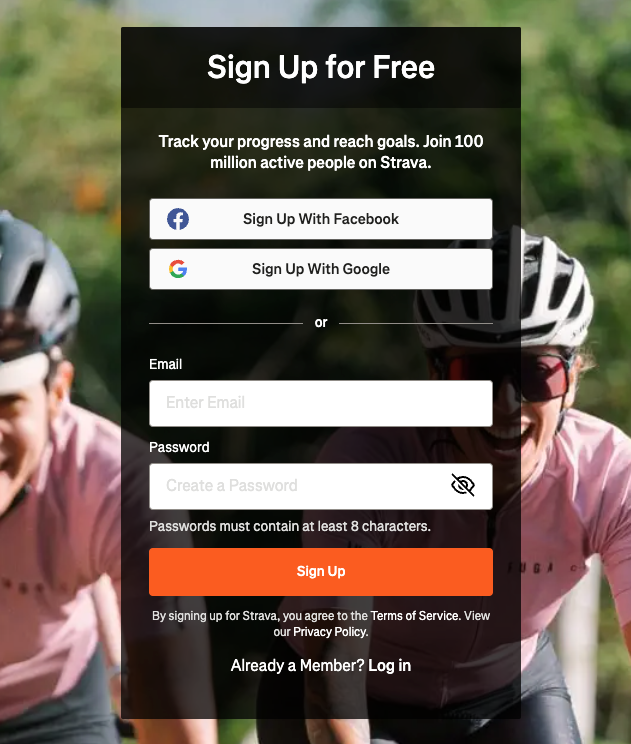
Simply click the link to confirm your account, and you’re ready to explore the app’s features. This simple process ensures that even those new to fitness apps can get started with ease, paving the way for a personalized and effective workout experience.
Also read: Google Fit Guide
For those interested in gaining deeper insights into fitness planning and coaching, personal training courses can be a valuable resource.
Strava offers a variety of customization options to tailor your experience. By navigating to the ‘Settings’ section within the app, you can adjust privacy controls to keep your activities visible only to select users, or open them up for community interaction.
You can also connect external devices like heart rate monitors, tweak display units to match your preferences and manage social features. These settings allow you to create a Strava experience that aligns perfectly with your fitness goals, while also providing control over how you share and engage with the app’s vibrant community.
Yes, but it depends on the model of your Apple Watch. If you own a Series 2 or 3 Apple Watch, the Strava app can function independently, allowing you to track activities without needing your iPhone nearby.
For users with a Series 1 Apple Watch, however, the iPhone must accompany you to track your workouts. This functionality makes Strava especially convenient for those who prefer minimalist setups during their fitness routines, as newer models provide robust features without requiring additional devices.
Strava is designed to support offline activity tracking, making it ideal for use in areas without reliable internet access. You can preload maps while connected to WiFi, enabling you to navigate your routes offline. Once your workout is complete and you regain connectivity, Strava automatically syncs your data to its servers.
This feature ensures that no activity is left unrecorded, even when you’re running or cycling in remote areas. However, it’s important to load any maps you might need beforehand, as live map functionality requires an active connection.
Strava relies on GPS to record your activities accurately, but weak signals in areas with heavy tree cover, tall buildings, or remote locations can affect its precision. To improve tracking, ensure your device has a clear view of the sky and avoid starting your activity in areas with significant obstructions.
Standing still for a few moments can help your device establish a stronger GPS connection. Strava also provides guidance for troubleshooting weak signals, ensuring that your activities are recorded as accurately as possible.
Cyclists benefit immensely from Strava’s suite of features, which include detailed tracking of speed, routes, and overall performance. The app provides tools to monitor incremental progress, ensuring every kilometre counts toward your goals. Strava’s advanced analytics go beyond basic tracking, offering insights into heart rate zones, power curves, and effort exertion over time. Additionally, Strava’s social features create a sense of community among cyclists. By joining clubs, sharing achievements, or even discovering new routes, cyclists can make solo rides more engaging and part of a larger journey.
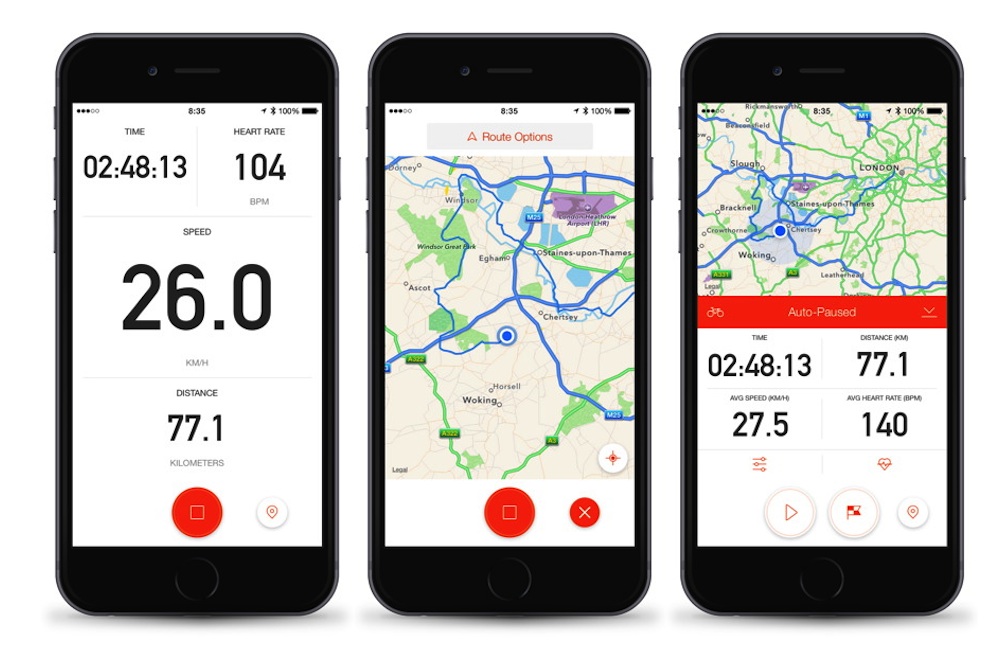

For runners, Strava provides customizable training plans that adapt to individual goals, whether it’s improving general fitness, preparing for a 5K, or training for a marathon. The app’s GPS mapping feature is particularly useful, as it allows runners to explore new trails and ensures safety by tracking their location in real time. Strava also analyzes training load and performance trends, helping runners make informed decisions to optimize their workouts. Whether running for recreation or competition, Strava equips runners with the tools to train smarter and achieve their goals.
Route planning on Strava goes beyond simply selecting a path; it allows athletes to prepare for elevation changes, estimate time requirements, and factor in environmental conditions. The app’s GPS mapping tool lets users create personalized routes or discover routes shared by the community. By exploring new paths, athletes can diversify their training routines and make their workouts more engaging. Sharing routes also fosters a sense of camaraderie, as users exchange favorite trails and tips with others.
Strava excels at turning raw workout data into actionable insights. Athletes can analyze metrics like pace, elevation gain, and heart rate to better understand their performance. Tools such as segment leaderboards allow users to compete against themselves or others, fostering motivation.
Cyclists, in particular, can use power analysis to measure the effort exerted during rides, while heart rate zones help all athletes tailor their training for maximum cardiovascular benefits. These analytics provide a data-driven approach to achieving peak performance.
Strava’s challenges introduce a gamified element to fitness, encouraging users to set and achieve specific goals. From running a certain distance to climbing a set elevation, these challenges foster a sense of accomplishment and reward participants with virtual badges.
The global nature of Strava’s community adds another layer of engagement, as users share their achievements and inspire one another. This combination of friendly competition and shared success motivates users to stay consistent and push their boundaries.
Heart rate monitoring is one of Strava’s standout features, offering athletes real-time insights into their effort levels. By staying within optimal heart rate zones, users can ensure their workouts are both effective and safe.
Strava also records heart rate data for post-exercise analysis, allowing users to track long-term trends and make adjustments to their training plans. This feature enhances not only performance but also safety, as abnormal readings can alert users to potential health risks.
Strava stands out by combining fitness tracking, advanced analytics, social interaction, and gamification into a single platform. Its compatibility with wearable technology and offline functionality ensures a seamless experience for athletes of all levels.
More than just tracking progress, Strava fosters a sense of community and shared purpose, turning solitary workouts into a global journey of exploration and achievement. With every route recorded and every metric analyzed, Strava redefines what it means to embark on a fitness journey.